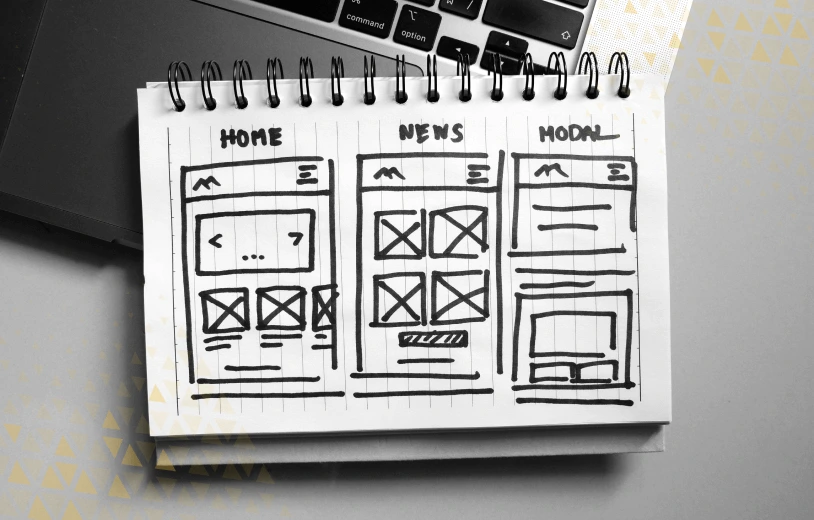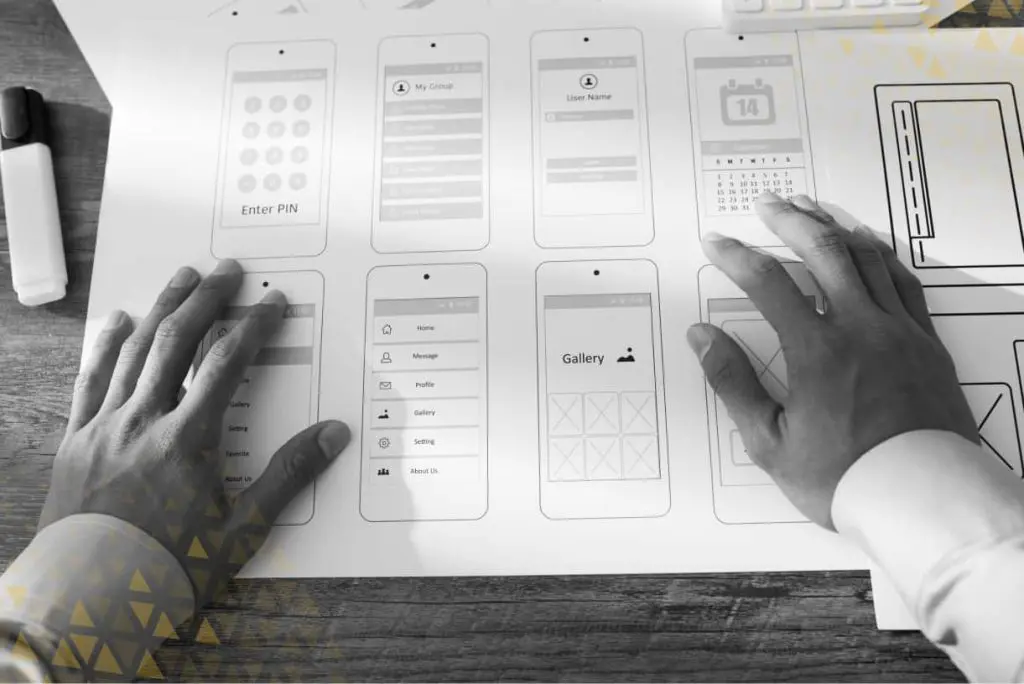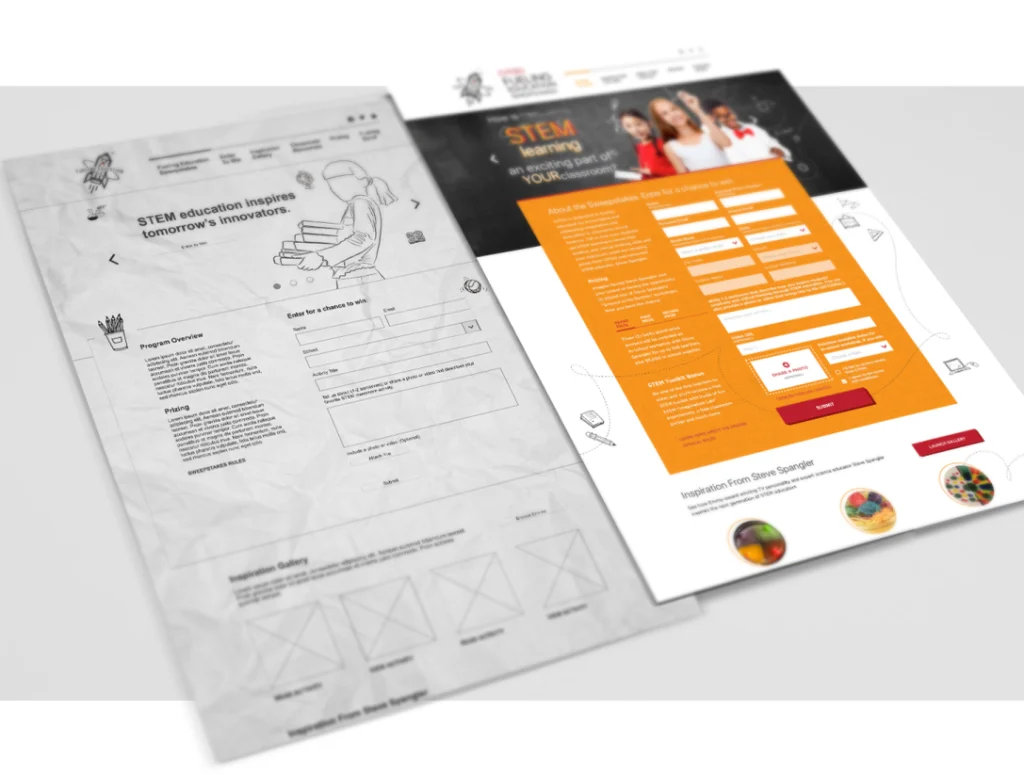Key Takeaways
- Wireframes provide a clear roadmap, outlining the site’s structure and functionality, which helps identify potential issues early and guides the design process effectively.
- Involving clients through wireframes allows for early feedback and alignment, ensuring the final product meets their expectations.
- Wireframes enable stakeholders to visualize the final product’s layout and functionality before development begins, setting realistic expectations.
- Serving as a blueprint, wireframes offer developers a clear understanding of technical requirements, facilitating efficient and accurate development.



